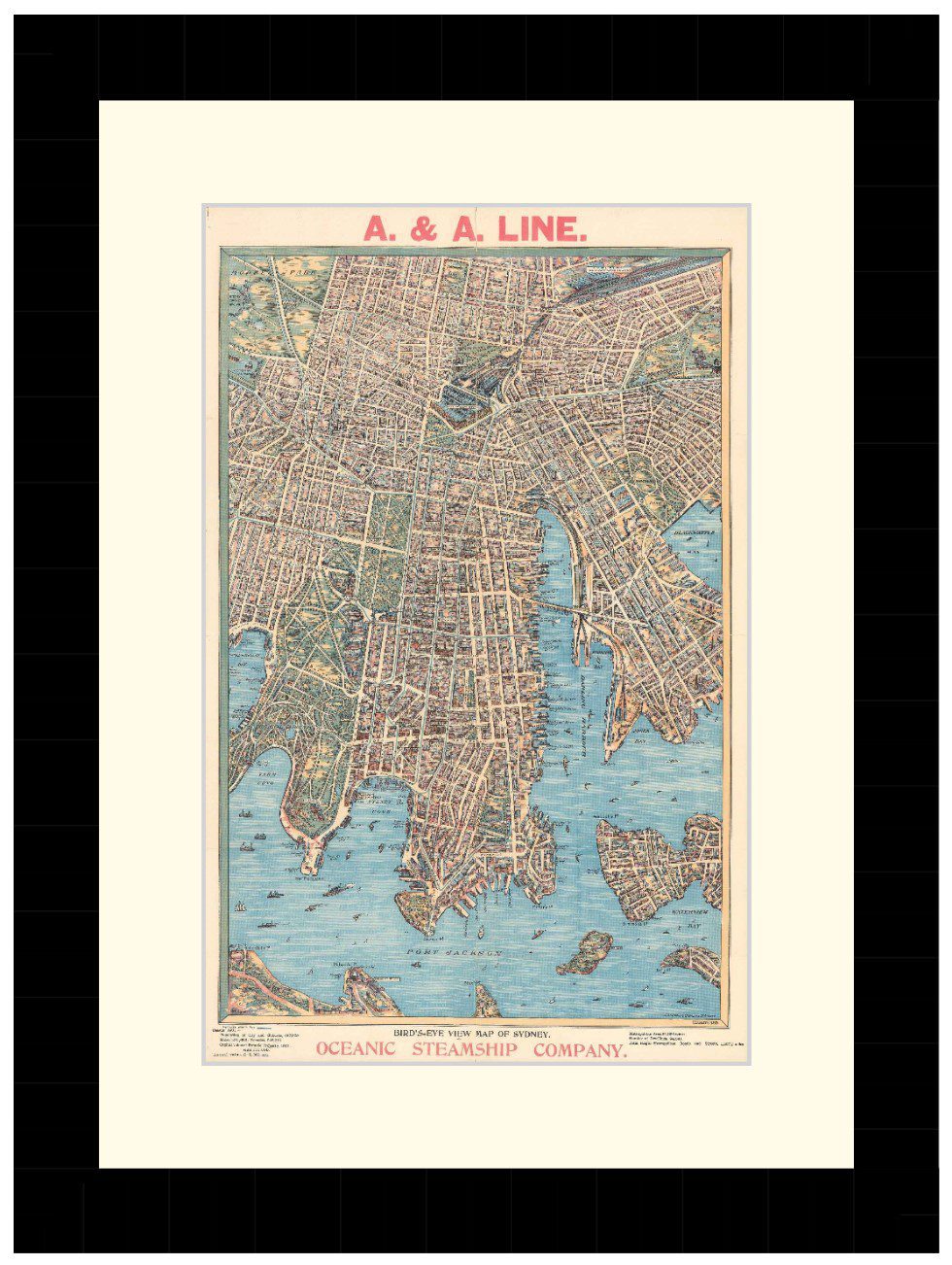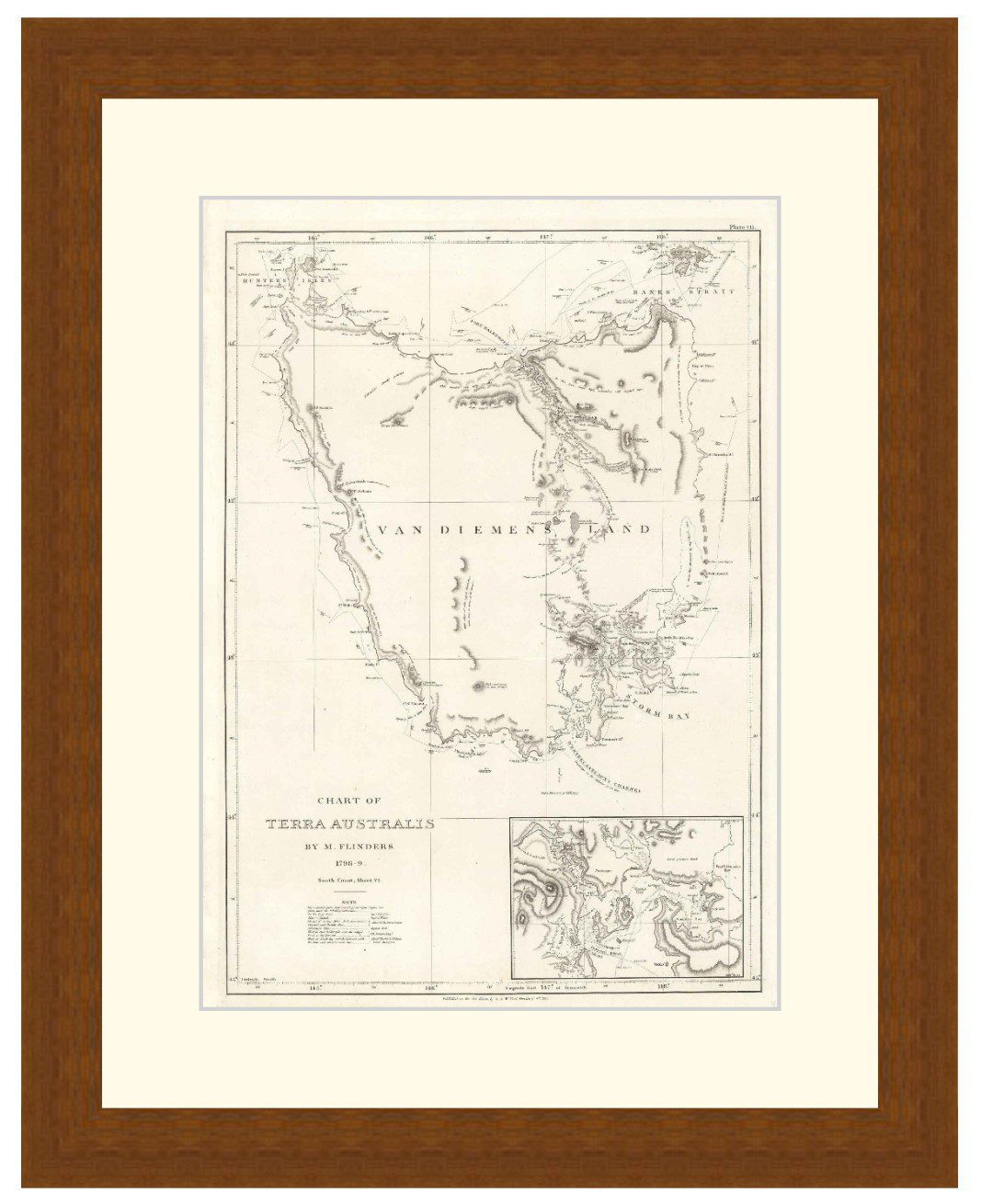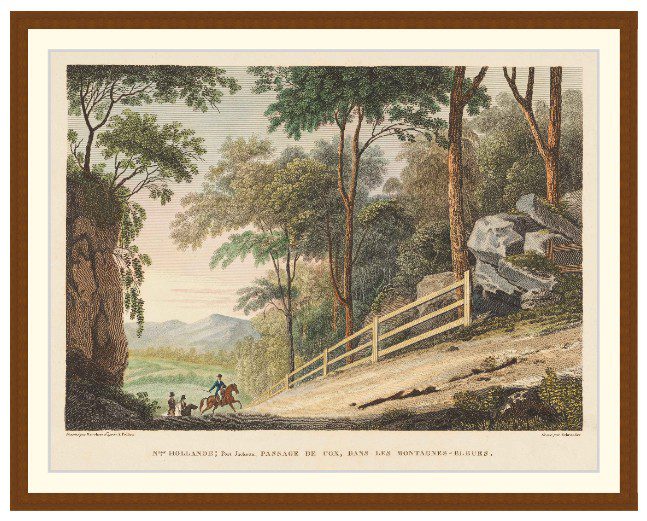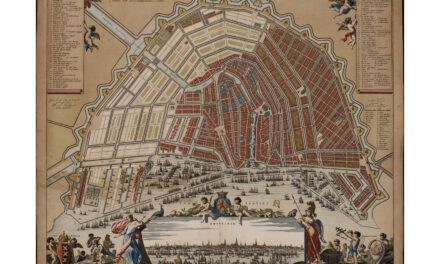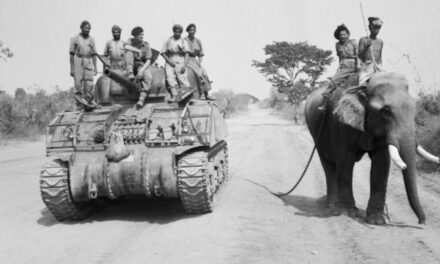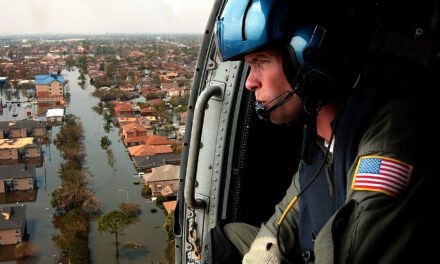History Guild General History Quiz 161
See how your history knowledge stacks up!
Want to know more about any of the questions? Scroll down to learn more!
Have an idea for a question? Suggest it here and we’ll include it in a future quiz!
The stories behind the questions
1. Which empire did Mansa Musa rule from 1280 to 1337 CE?
Mali – Mansa Musa militarily expanded the Mali empire, as well as improving administration, dividing the territory into provinces and appointing competent governors. With all of these achievements, Mansa Musa is best remembered for going on the hajj from 1324 to 1325 CE. He attracted a great deal of attention traveling in a huge caravan made up of almost 100 camels, 12,000 slaves, and an estimated 30,000 pounds of gold. He gave out so much gold during his three month stay in Cairo that the price of gold dropped by 25%.
He hosted Muslim scholars and made cities, including Timbuktu, Djenne, and Gao, into centres of learning.
2. The Communist Manifesto was originally published in 7 languages. Which of the following was NOT one of these 7?
Russian – Originally published in the English, French, German, Italian, Flemish and Danish languages, the Communist Manifesto envisioned that communists would gain power in a developed, industrialised country, with France, Germany and Britain seen as likely candidates. There is a certain irony that communist governments have mainly ruled Russian, Chinese and Korean speakers, with the communist takeovers occurring when these were predominantly agricultural societies.
3. Who wrote ‘The Rights of Man’ in 1792?
Thomas Paine – Written as a defence of the French Revolution, Paine was directly responding to an attack on the character of the French revolution by Edmund Burke in the English Parliament.
4. When was the UN Convention on the Prevention and Punishment of the Crime of Genocide adopted?
1948 – The term genocide was defined by the Polish Jewish jurist Raphael Lemkin. In 1941, he escaped from eastern Europe and the German occupation that killed most of his family, settled in the United States, and continued his lifelong effort to outlaw the killing of ethnic, religious, cultural, racial, or national groups. He sought a broad definition of genocide that included cultural and economic destruction, but those did not make it into the version that was subsequently adopted by the United Nations.
Article 2 of the convention of 1948 defines genocide as “any of the following acts committed with intent to destroy, in whole or in part, a national, ethnical, racial, or religious group, as such”:
(a) Killing members of the group;
(b) Causing serious bodily or mental harm to members of the group;
(c) Deliberately inflicting on the group conditions of life calculated to bring about its
physical destruction in whole or in part;
(d) Imposing measures intended to prevent births within the group;
(e) Forcibly transferring children of the group to another group.
5. In 1296 who invaded Scotland and took the ‘Stone of Destiny’, used in coronations, to England?
Edward I – Also known as Edward Longshanks and the Hammer of the Scots, he was King of England from 1272 to 1307. Prior to becomming King he took part in the Ninth Crusade. As King he fought successful campaigns in Wales, Ireland and Scotland, substantially expanding his realm. This also created financial and political issues. He is also rightly criticised for expelling the Jews from England in 1290.
6. Which royal line ruled Germany from 1871 to 1918?
Hohenzollern – Previously the royal line of Prussia, William I became the Emperor of a unified Germany in 1871. They ruled until forced to abdicate in the wake of Germany’s loss of WW1.
7. Which of these Chinese Dynasties was earliest?
Han – During the Han Dynasty, Confucianism was adopted as the governing philosophy. Borders were expanded in all directions, China extended control over parts of Korea, northern Vietnam, and much of Central Asia. The resulting stability and the productivity of the economy spurred the development of the Silk Routes.
8. What tactic did the Mongols often use at the beginning of a battle?
A feigned retreat – A group of Mongol cavalry engaged the adversary, retreated, and encouraged their opponents to follow them. This technique dispersed their enemy as they pursued the “retreating” Turkic cavalrymen, who were busy shooting backwards from horseback. The next stage of battle involved outflanking the enemy and enveloping them.
9. The English language is most closely related to which of these languages?
Dutch – While all these languages are part of the Indo-European language family, Dutch and English, along with German, Frisian, Flemish, Afrikaans and Yiddish, are all part of the Germanic branch of that language family.
10. Where was the Maurya Empire, founded in 322 BCE, centred?
India – The Maurya Empire was founded in 322 BCE by Chandragupta Maurya, who had overthrown the Nanda Dynasty and rapidly expanded his power westward across central and western India in order to take advantage of the disruptions of local powers in the wake of the withdrawal by Alexander the Great ‘s armies.


